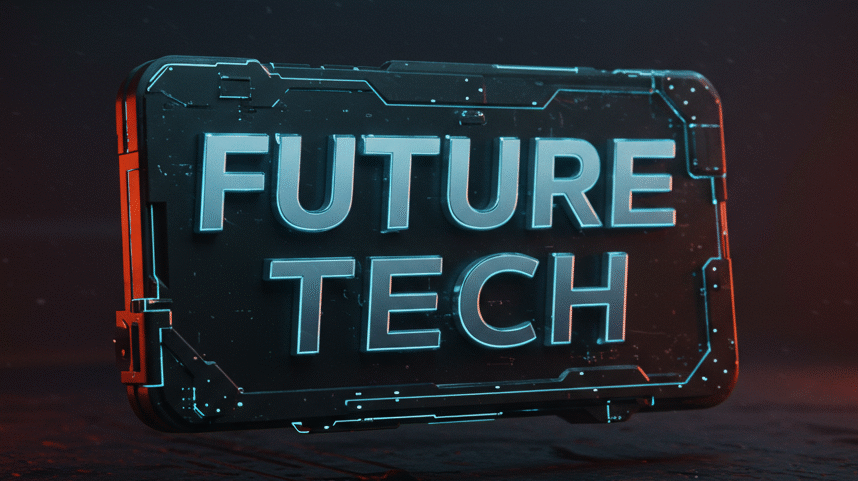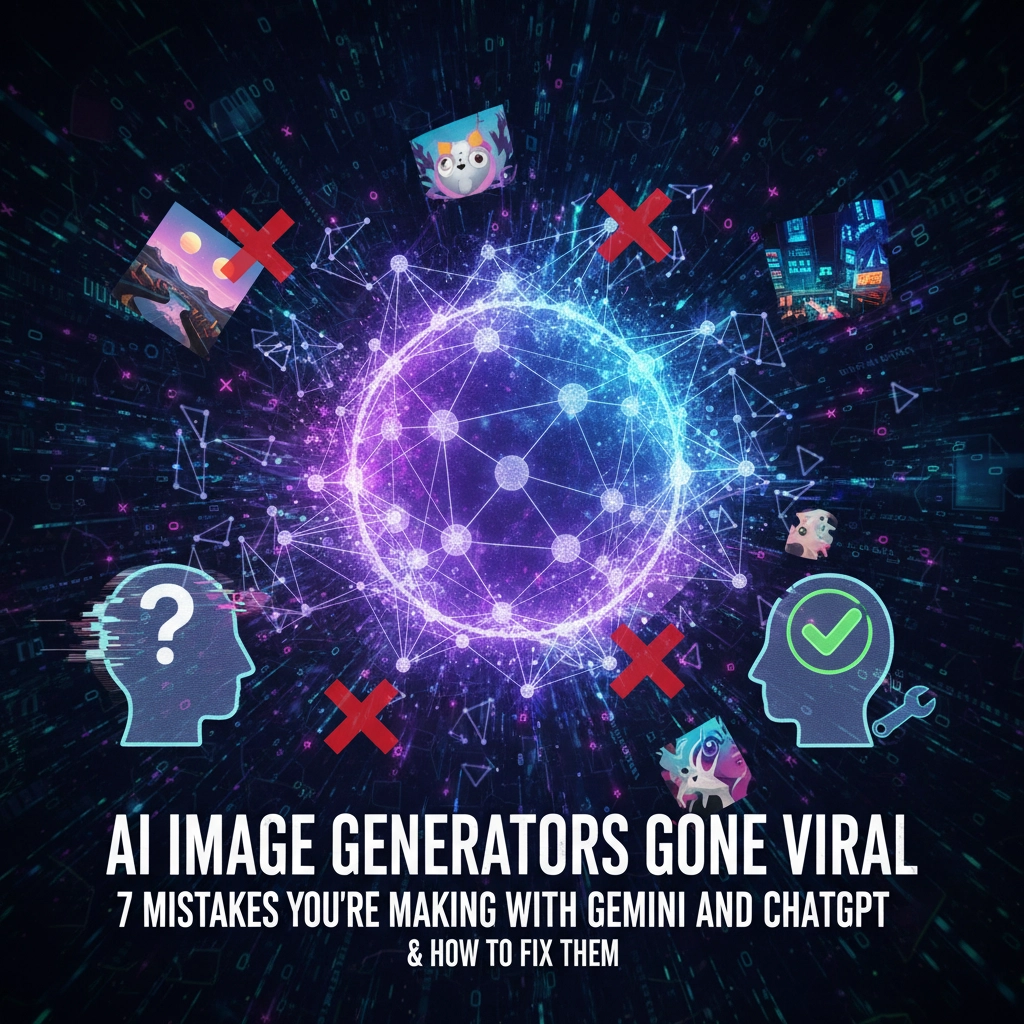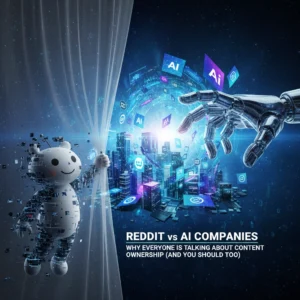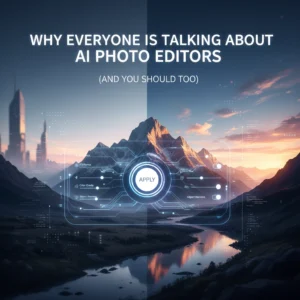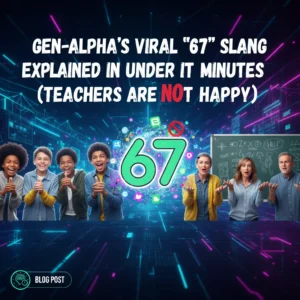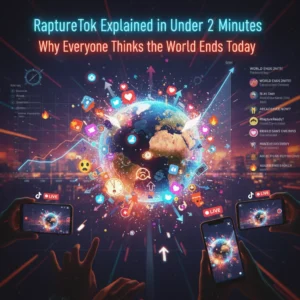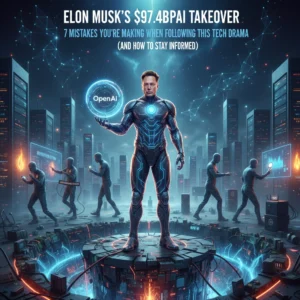Ever spent hours trying to get the perfect AI-generated image, only to end up with something that looks like it was drawn by a caffeinated robot having a fever dream? You're not alone. Millions of people are diving headfirst into AI image generation with ChatGPT and Gemini, but most are making the same costly mistakes over and over again.
Here's the thing – these tools are incredibly powerful, but they're also finicky as hell. One tiny mistake in your approach can turn your dream image into a digital nightmare. After analyzing thousands of failed attempts and successful generations, I've identified the seven biggest mistakes that are sabotaging your results.
The Prompt Problems That Kill Your Images Before They Start
Mistake #1: Writing Vague, Wishy-Washy Prompts
"Make me a cool futuristic city" might sound reasonable to you, but to an AI, it's like asking someone to "cook something good" without telling them if you want breakfast, dinner, or dessert. When researchers tested identical prompts on ChatGPT and Gemini with the specific request for "a photorealistic image of a futuristic Tokyo street at night in 2070, with neon holograms, flying cars and a rainy pavement reflecting colorful lights," the results varied wildly based on one crucial detail.
ChatGPT nailed it when the prompt included "a glowing vending machine selling robot pets" – it literally incorporated 'ROBOT PETS' into the image. Gemini? It created a similar scene but completely missed this key element. The lesson? Be ridiculously specific.
Instead of "a beautiful woman," try "a 25-year-old woman with curly auburn hair, wearing a vintage leather jacket, standing in soft golden hour lighting with a slight smile."
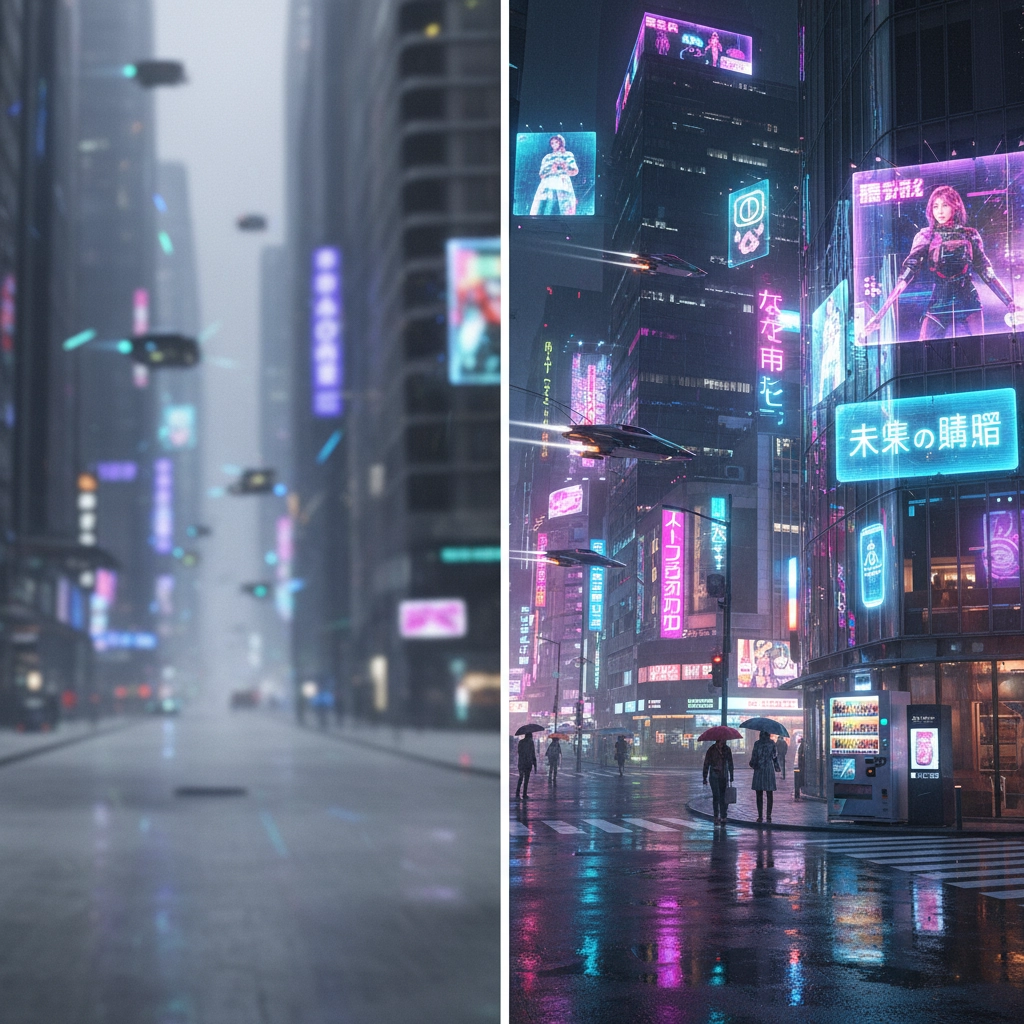
Mistake #2: Cramming Too Much Stuff Into One Prompt
This is like trying to pack for a month-long trip in a carry-on bag. It just doesn't work. When you ask for "a dragon, fighting a knight, in a castle, with a rainbow, and also there's a unicorn, plus make it look like a Van Gogh painting, but also photorealistic," you're basically asking the AI to have a mental breakdown.
The fix? Focus on one main subject with 2-3 supporting details max. Want that dragon scene? Start with "a fierce red dragon breathing fire" and build from there.
Mistake #3: Forgetting to Specify Your Art Style
Not telling the AI what style you want is like ordering "food" at a restaurant. You might get a gourmet meal, or you might get a sad sandwich. Without style guidance, AI makes random choices that probably won't match your vision.
Here's what to include:
- Art style (photorealistic, watercolor, anime, oil painting)
- Lighting conditions (golden hour, dramatic shadows, soft natural light)
- Color palette (warm tones, monochromatic, vibrant colors)
- Camera angle (close-up, wide shot, bird's eye view)
The Technical Traps That Ruin Otherwise Great Images
Mistake #4: Ignoring the Body Horror Problem
AI has a weird relationship with human anatomy. Hands look like they belong on aliens. Faces melt into uncanny valley territory. Bodies bend in ways that would make a yoga instructor cry.
My friend Sarah learned this the hard way. She spent an entire afternoon trying to generate professional headshots for her LinkedIn profile. Every single image had something wrong – extra fingers, wonky eyes, or a smile that looked like the AI learned about happiness from a medical textbook.
The solution? Be incredibly specific about anatomy in your prompts. Instead of just "person smiling," try "person with a natural, warm smile showing even white teeth, with both hands clearly visible and naturally positioned."
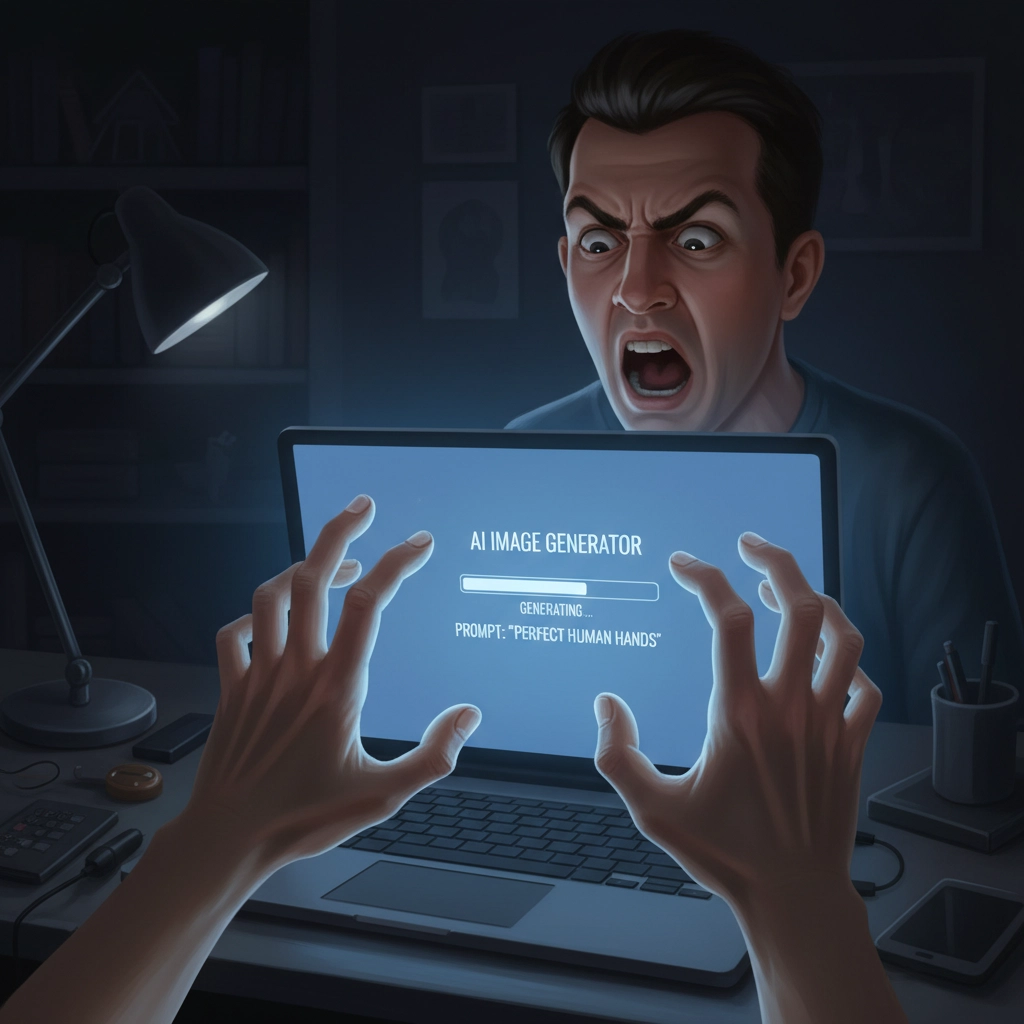
Mistake #5: Not Understanding Platform Limitations
Here's something most people don't know: Gemini temporarily stopped generating images of people entirely because it kept screwing up. The platform was overcorrecting for diversity so hard that it would show historically inaccurate representations even when you asked for something specific.
Google admitted they "missed the mark" and that their system failed to account for cases requiring historical accuracy. While they've worked to fix this, generating images of people – especially in historical contexts – can still be unreliable.
ChatGPT has its own quirks too. It's generally better at following complex instructions with multiple specific elements, but it can be overly cautious with certain types of content.
The Strategy Mistakes That Waste Your Time
Mistake #6: Sticking to Just One Platform
This is like only shopping at one grocery store when there are five others nearby with better prices and selection. Different AI image generators excel at different things.
In head-to-head tests, ChatGPT showed superior ability to handle detailed instructions, especially with complex prompts requiring multiple specific elements. It's particularly good at incorporating text and following multi-step instructions.
Gemini, when it's working properly, can create more artistic and creative interpretations. It's often better for abstract concepts and surreal imagery.
Mistake #7: Expecting Perfection on the First Try
The biggest mistake? Thinking AI image generation is like using a microwave – push a button and get perfect results instantly. It's more like cooking – it takes practice, experimentation, and lots of failed attempts before you master it.
Both platforms acknowledge that hallucinations and inaccuracies are "known challenges with all LLMs." They explicitly warn that results may not be reliable, especially for current events, historical accuracy, or controversial topics.

The key is iteration. Generate, analyze what went wrong, adjust your prompt, and try again. Most amazing AI images you see online weren't created on the first attempt – they're the result of careful refinement and multiple tries.
Your Path to AI Image Generation Success
Success with AI image generation isn't about finding magic prompts or secret techniques. It's about understanding that these tools require clear communication, awareness of their limitations, and patience to iterate.
Start treating your prompts like you're giving directions to someone who's never been to your city. Be specific, be detailed, and always include a backup plan.
Remember, neither ChatGPT nor Gemini is perfect. They're tools with strengths and weaknesses, just like any other creative medium. The artists creating viral AI images aren't using secret software – they're just better at working with the limitations and maximizing the strengths of these platforms.
What's the most frustrating mistake you've made while trying to generate the perfect AI image?
